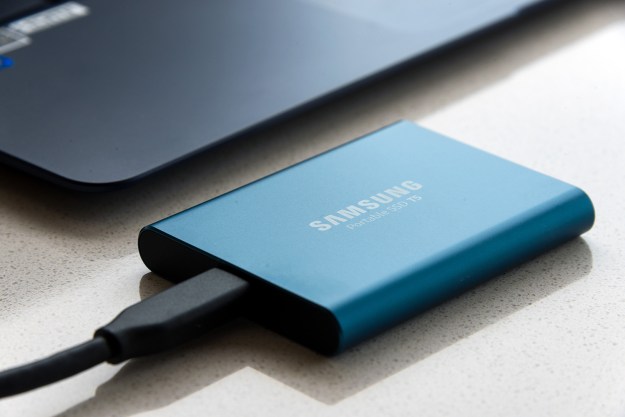Keeping your computer clean is a necessary habit. Over time, your computer — especially your monitor — collects dust and debris, not to mention passing germs from sneezing and coughing. While fingerprints are bad enough, the eye strain from a messy monitor is even worse.
Cleaning your monitor is also a bit more involved than a simple wipe-down, and there are certain products you shouldn’t use. In this article, we’re going to talk about the right way to clean your computer monitor.
Some words of warning
While it may be tempting to reach for a bottle of Windex or some other general cleaning product, don’t! Harsh chemicals may be fine for windows or countertops, but they can wreak havoc on computer monitors, wearing away coatings. There are many cleaning fluids on the market specifically geared toward computer monitors. While these products indeed work, you don’t need to spend money on them if you don’t want to; distilled water should work for most monitor-cleaning, and you can mix in some white vinegar for stubborn grime.
Additionally, avoid paper towels, rags, old T-shirts, or any of the usual materials you use to wipe down surfaces in your home. Monitors are more delicate than they look, and these fabrics — even paper towels — are abrasive enough to scratch your screen, especially if you have used them for other jobs where they might have accumulated grit. A microfiber cloth — the kind you might use to clean your glasses or vinyl records — is the safest choice. Just make sure it’s free of any dirt or grime before swiping across your display.

How to clean your monitor
Step 1: Turn off your monitor. It’s easier to see smudges and stuff on a black screen, so turning off your monitor makes it easier to see what you are doing. It’s also safer for you and your computer. Cleaning your monitor while it’s on and the pixels are all fired up could damage your screen or potentially give you an unpleasant electrical jolt. Please turn it off!
Step 2: Wipe your monitor with a microfiber cloth. If dust is the only thing on your screen, a quick wiping should be enough to clean it. Take the microfiber cloth and gently brush the screen in long motions. We cannot stress enough that you should be gentle: Pressing too hard on the screen could damage the pixels within.
Step 3: If the thick layer of dust on your monitor has been slowly replaced with more questionable gunk — maybe some dried mucus from a sneeze that caught you off guard or mysterious specs of who-knows-what — then you’ll want to use cleaning fluid.
There are gentle cleaning fluids designed for monitors, but distilled water works well, as mentioned earlier. It’s important you only use filtered or distilled water, however, since tap water contains minerals and other substances that can harm the screen or leave annoying streaks. For especially stubborn grime, add a bit of white vinegar to the water. Just be careful not to spill any on your laptop.
Step 4: It’s important that you never spray water or other cleaning fluids directly onto your monitor, or it might trickle down to the edge of the screen and seep into the monitor itself and damage the electronic components within.
Step 5: Spray or dab the liquid onto a cloth, wring out any excess fluid, and then carefully wipe the screen using broad strokes.
Let your monitor dry
Step 1: Gently dry your monitor with a clean, soft microfiber cloth or let it air dry.
Step 2: To avoid moisture-caused electrical damage, ensure your screen is completely dry before turning your computer back on.
Editors' Recommendations
- Samsung’s crazy 57-inch curved 4K monitor is $700 off today
- How to delete your Gmail account (and what you need to know)
- The 10 best monitors for 2024: tested and reviewed
- Snag this 34-inch LG Curved Ultrawide WQHD monitor for $249
- How to download Vimeo videos on desktop and mobile


